|
Book Review: The Perfect Pair, Book III: Shards from the Mirror
By David C. Holroyd and Tracy J. Holroyd. 2016, Matador Press. In the mid-1950’s, Leon Festinger, an American psychologist, infiltrated a UFO cult. The leader channeled a warning of the end of the world – but the cult’s members would be saved by a flying saucer. When the expected deadline passed, the Earth endured and no saucer materialized, the leader issued a revelation: Their faith changed the aliens’ minds! No Earth cataclysms! The members of the previously media-shy group went out… and began to proselytize. What does this have to do with dolphin-training and Shards from the Mirror, the final volume of David and Tracy Holroyd’s The Perfect Pair trilogy? Oh, plenty! Festinger labeled the mental anguish that comes from holding two mutually-exclusive concepts “cognitive dissonance,” and those two words popped to mind as I read about “David Capello’s” downfall. That was the stage name of an English dolphin trainer who shot to fame in the early 1970’s for his “perfect pair,” two dolphins who performed in flawless synchronization. Because, by the time this book opens, Capello is experiencing growing cognitive dissonance. On one hand, his dolphins’ act wows audiences, makes him famous and makes a lot of money for the entertainment conglomerate he works for. On the other, he knows a concrete tank is no place for dolphins, he’s seen them suffer and die and he’s totally fed-up with bottom-line managers who have no fondness for them. Volume I, The Enchanted Mirror, chronicles how young Capello falls into the job and succeeds beyond his wildest dreams. The first dolphins he meets, Duchess and Herb’e, are not only a perfect pair, but can communicate with him mentally! As its title suggests, The Mirror Cracks recounts not merely Capello’s increasing success as a trainer but his growing frustration with the callous corporate bureaucracy. Particularly troublesome is his general manager Tommy Backhouse, a besuited corporate suck-up more concerned with the dolphinarium’s profits than the welfare of his performers, dolphin or human. Backhouse’s attitude is best summed up by his oft-repeated remark “Anybody with a whistle and a bucket of fish can be a dolphin trainer.” This rather grates on Capello, who not only slaves to make his dolphin show the best in Europe but teaches Scouse, a blind dolphin, to perform using his unique “psychic training” method! Backhouse, who fancies he knows everything about dolphins, isn’t impressed with Capello’s Jedi mind-tricks, and his requested raises (he’s a “presenter,” not a “trainer,” Backhouse reminds him) keep getting denied by the main office. Worse, Backhouse pinches pennies by physically endangering the dolphins, like refusing to dump the dirty tank water, or expecting them to perform to exhaustion. And Capello suspects his boss is just waiting for the right moment to grab all the credit for his achievements. When Shards opens, Capello is wondering if he hasn’t gone too far. He’s thrown his weight around trying to get what his performers need, and now the head office is talking about his mysterious way with dolphins… dolphins who won’t work for anyone else! Even with all this hanging over him, Capello pushes forward, trying to train Duchess and Herb’e to do a double forward somersault. It proves difficult for an unexpected reason: Herb’e gets the trick, but wanting to perform solo, he won’t teach Duchess how it’s done! Duchess, in turn, has started courting Capello, and won’t allow a woman presenter he’s fond of in the pool! And earlier, Capello was freaked by the way his dolphins ignored a dying comrade. These revelations mark Capello’s growing disenchantment with dolphin ethics. As marine mammologists are fond of reminding those of us who have dared read the late Dr. John C. Lilly’s scientifically embargoed books, “Dolphins are not little humans in wet suits!” Like those of us who have been close to them need to be reminded! Once you’re in their environment, they appear quite large, and they’re happy to let you know they are now in charge! Only something as dissociating as knowing you are harming the creatures you love could explain why, when Backhouse gets in his face once too often, Capello grabs a fire hose and blasts the man off his feet, then has to be physically restrained from pushing him into an empty concrete tank. Backhouse, of course, tries to fire Capello, but the head office intervenes, instead transferring their golden-boy trainer to another dolphinarium far from Backhouse’s lair, a place called West Coast, where seemingly nothing ever goes right. Reluctantly preparing to move his pair, Capello recounts one of the book’s strangest scenes. With the dolphins slung in canvas stretchers, the attending veterinarian notices that Duchess has outgrown hers, and he proposes to cut an eye-hole in the fabric to avoid a possible injury. Almost immediately, Duchess starts screaming in Capello’s head, projecting images of blood and pain. When the surgeon pulls out a scalpel and goes to make the cut, Capello, acting as if entranced, slides his hand between Duchess and the blade. Need I say he ends up at the local emergency room, bleeding profusely? The veterinarian, it seems, slipped. What happens next becomes the crux of Capello’s disenchantment with the “magic mirror” of dolphin training. While he and the vet are tending his wound, Backhouse vindictively orders the helpless dolphins placed in an unheated truck on a cold night. When Capello returns two hours later with a few new stitches, he finds to his horror that his dolphins are freezing, and they have shut him out of their minds. Especially Herb’e, who has fled where humans cannot follow, a dark corner of the dolphin psyche that marks a fatal disengagement from life. Having previously dealt with force-feeding other dying dolphins, Capello is determined not to give up on Herb’e, and to restore his perfect pair to their former glory. It takes lavish care and a diagnosis of Herb’e’s illness, a viral infection, to bring the pair back from death’s jaws, and during this interval Scouse worms his way onto Capello’s center stage. Now the trainer must juggle not only human politics but the politics of his dolphins, too! (In defense of dolphins at large, I will ask the reader not to judge them by their behavior in captivity.) In an odd twist of fate, the determined young trainer makes Scouse a star in spite of his disability. The dolphin is eager to perform, and while directing him through mental images, Capello has the bizarre experience of bi-location – of seeing both himself and Scouse performing their act from a remote point of view… By this point, the reader may be granted some skepticism, and rightly so, if the reader has no experience with ESP or dolphins. However, some of us who have are sharing notes and rapidly approaching the conclusion that what Capello calls his “connection” with his dolphins and I call my “telepathy” with Dolly bear striking resemblances that can’t readily be explained by chance alone. It was even investigated by the U.S. military at least 31 years ago, yet it’s still classified! What did they find, and what methods did they use? While I have no ready explanation for this, I am working to make it a recognized phenomenon. In this final volume, Capello at last muses about the dolphin behaviors that have puzzled and infuriated him, something he’s only given passing thoughts to before: What if dolphins view life and death differently from us humans? That would explain why your Atlanteans constantly show indifference when in the presence of a dying colleague – a phenomenon you’ve never been able to get your head around. What if they view their bodies as a mere conveyance – temporary vessels to be discarded when deemed no longer of use? An ethos that could well explain their suicide beachings in the wild. A view of death not as an end, but as a new beginning… in which case, you’ve been totally wrong in your previous evaluation of their attitude… It’s not that they are uncaring; it’s simply that they have a different set of beliefs. Blimey, Capello, what an idiot you’ve been – some expert you turned out to be! As is often the case, dolphins are full of surprises, and Capello, unlike some people, is humble enough to admit it. For a while he’s finally able to concentrate on training the mostly rehabilitated perfect pair for the double forward flip, the culmination of a “shadow ballet” performance that will win them (and their proud trainer) a permanent gold star on the Dolphin Walk of Fame. But he can’t get Herb’e back to his old self, and soon Duchess is battering her former partner and showing an unwelcome interest in teaming up with Scouse for work and play. When his latest request for a raise is rudely refused, Capello realizes he’s being played, that Backhouse and his people have out-maneuvered him. He has two equally repugnant choices, to remain in the sub-par trainer position under the thumb of a man he hates, or to quit and cut his telepathically-trained performers loose with the same man. Reluctantly, he decides to deprogram the dolphins for his inevitable departure. Cognitive dissonance seems to be the inevitable fate of any dolphin trainer stupid enough to care. But the next blow is fatal: bad fish. Not just a few, but a prime supplier sending its good fish to restaurants and the rest to the dolphins, who only rate “animal feed.” This disruption is too much for the barely-recovered Herb’e, and Capello realizes to his shock that his beloved performer is slipping away. When management learns they’re about to lose half their top money-making duo, they do what any sensible executives would do: they throw gas on the flames. They send Backhouse to manage West Coast. The confrontation, as inevitable as a Main Street shootout in an old western movie, takes place with Capello in the water supporting Herb’e, who is clearly on his last legs (pardon the meaningless expression). Distracted, Capello loses track of him, and the dolphin sinks. He somehow drags the 180-kg creature back to the surface, but it’s too late. Shattered, Capello stalks off, leaving Herb’e’s lifeless body for the others to deal with. He makes the last entry in the dolphin’s logbook, and in a final act of defiance, steals all of Herb’e’s logs from the company. But like the inevitable resurrection of an immortal monster in a horror movie, things aren’t quite over yet. Capello goes home, where his dolphin odyssey started four years before with his mother’s innocent suggestion he answer a classified ad. And for several nights, he’s bothered by dreams where he violently attacks the props and scenery at West Coast. And early morning phone calls, which his mother answers, asking what he’s doing there when he’s been banished from all the company’s dolphinariums? The dolphins have apparently taught Capello how to astral project, or create what Tibetan Buddhist monks would call a tulpa – a copy of a person composed of mental energy but capable of acting in the real world. And one last frantic “call” from an agonized Scouse sends him rushing back to West Coast in person, where he finds the dolphin just deceased. A nameless caller later informs Capello that an autopsy showed Scouse was horribly murdered, and that Duchess has followed her partner Herb’e into depression and death. This being a true story, nobody gets what they deserve in the end. Capello goes back to his father’s sign business and tries to forget he ever trained dolphins. Backhouse buys the first dolphins sold by the notorious Taiji drive hunts, and winds up a celebrity dolphin expert and honored naturalist on a popular English TV show. Years later, Capello visits an American uncle who drags him to a dolphin show at the local zoo. Capello reluctantly attends, only to find his fame precedes him: his success with the perfect pair hasn’t been forgotten after all. Capello closes with every ex-dolphin-trainer’s powerful suggestion: Don’t buy a ticket! And now, after four decades of silence, he is sharing this tale with everyone. It is a truly remarkable story as much for his achievements and perseverance as any paranormal content, but my high praise for Capello’s telling of it doesn’t change the fact that, at 350 pages, Shards is not only the longest of the three volumes, but the weakest stylistically. In contrast to the first two books, which open with vivid flashbacks, the beginning of Shards is scattered and unfocused, which leads to confusion about where Capello is and what’s happening. When the narrative finally settles down around page 10 and the paranormal themes emerge, the Holroyds, an unusual brother-sister writing team, seem determined to spin out Capello’s descriptions of his astral encounters by employing every ellipsis (you, know, those three dots…) in the United Kingdom! I know they’re trying to capture the disoriented, shifting feeling of an interspecies mind-meld, but the scene where Capello saves Duchess’s eyesight goes on with ellipsis after ellipsis for four bloody pages, and we get the point, already! I can’t blame the Holroyds too much, because I tried the same literary tactic in my novel Wet Goddess for exactly the same reason, and concluded there were better ways to achieve the same result without annoying the reader. Compared to the first two volumes, Shards feels a bit rushed and padded, in need of some good stiff editing. Perhaps if the Holroyds do another printing, they will consider this suggestion. But in relation to the importance of Capello’s moving and momentous story, this is minor carping. I’m thankful that he’s finally chosen to share his saga to create the perfect pair with us, not only because it validates my own strange experiences, but because we cannot have too much truth about how the dolphin enslavement industry destroys and consumes the self-aware beings it employs. Along with the revelations of Frank Robson and the confessions of Ric O’Barry and John Hargrove, The Perfect Pair trilogy deserves a space on every true dolphin-lover’s bookshelf. (Malcolm J. Brenner is the author of the 2010 novel Wet Goddess: Recollections of a Dolphin Lover and two other books. He lives in Punta Gorda, Fla.)
0 Comments
Your comment will be posted after it is approved.
Leave a Reply. |
David c holroyd & tracy j holroydArchives
March 2023
Categories |
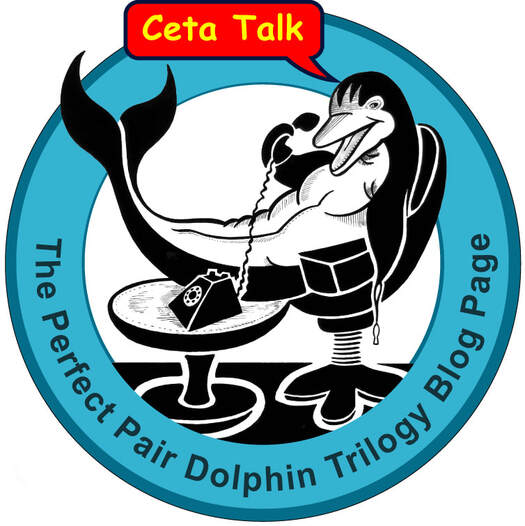

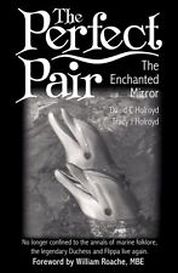
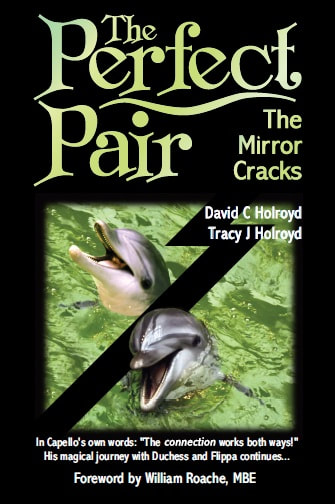
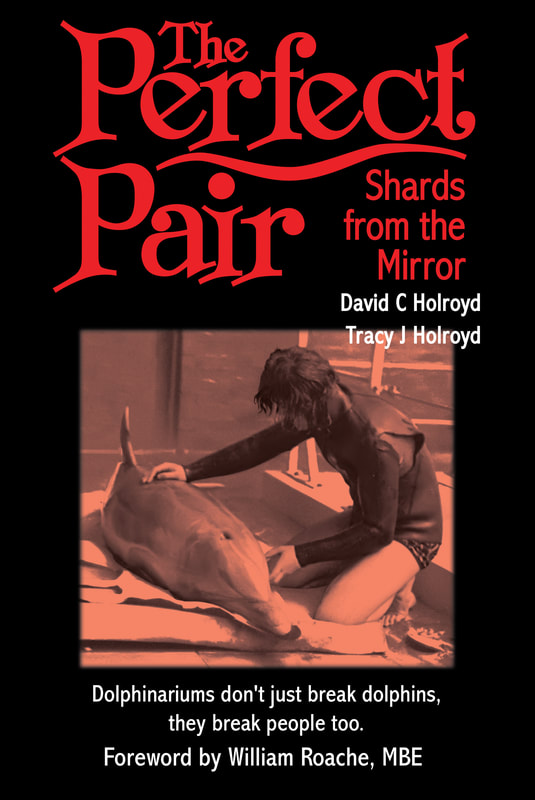
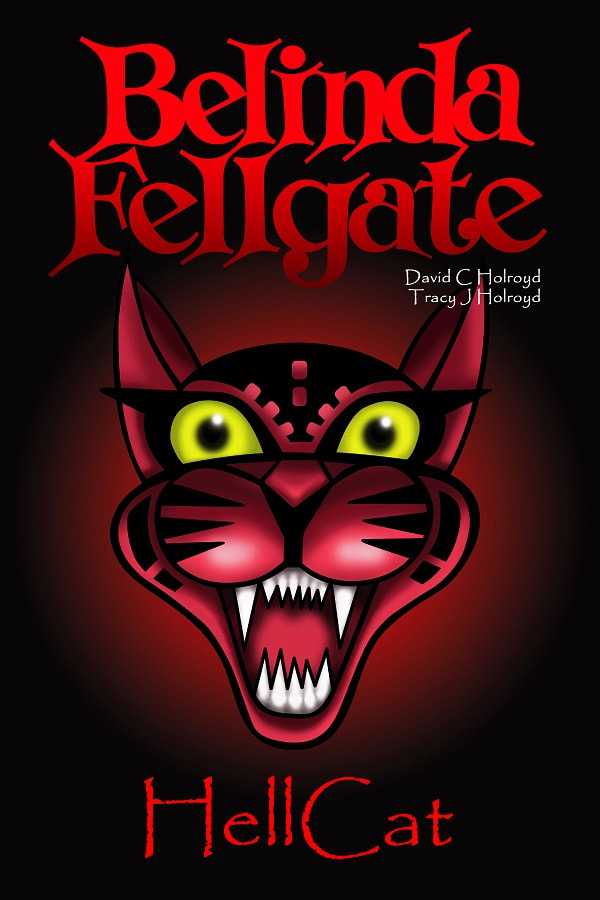
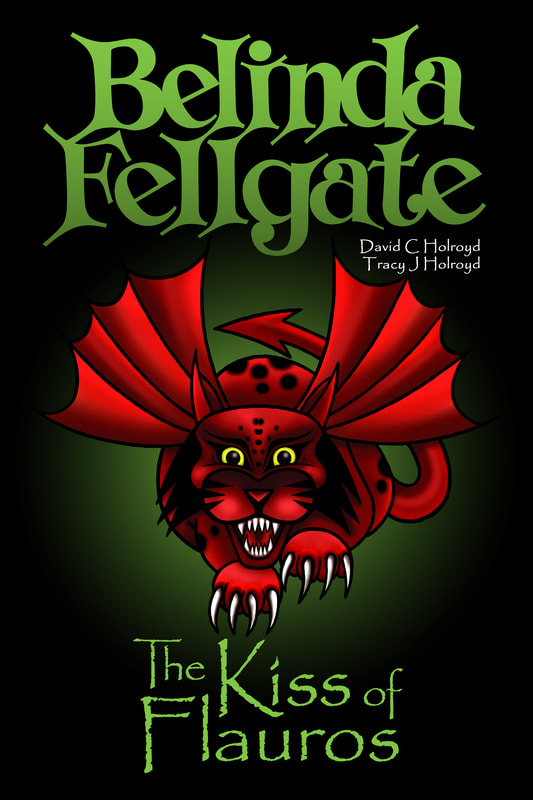
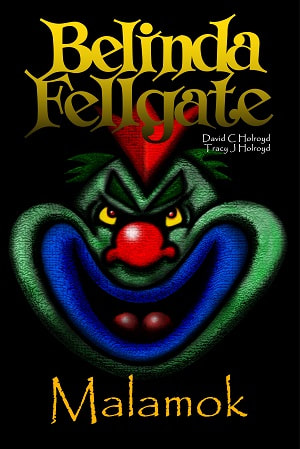

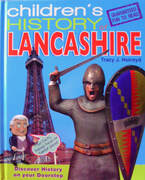
 RSS Feed
RSS Feed